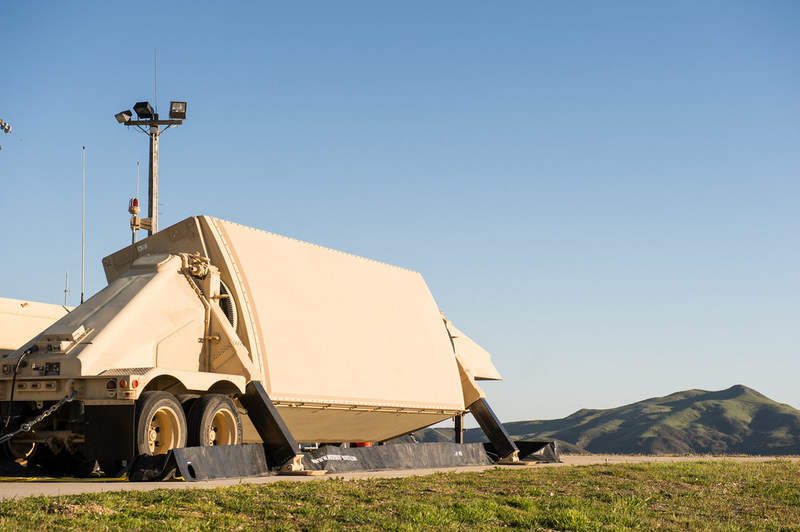

Raytheon has been contracted by the US Missile Defense Agency (MDA) to upgrade the AN/TPY-2 ballistic missile defence radar.
Under the $10m contract, Raytheon will continue the development of hardware and software that will add gallium nitride (GaN) semiconductor technology to the AN/TPY-2 ballistic missile defence radar.
Raytheon Integrated Defense Systems Mission Systems and Sensors business area vice-president Dave Gulla said: "AN/TPY-2 is already the world's most capable land-based, X-band, ballistic missile defence radar.
"Adding GaN technology modernises the system so it can defeat all classes of ballistic missiles in extreme operational environments."
Raytheon's AN/TPY-2 is able to continuously search the sky for ballistic missiles.
The integration of GaN technology is said to increase the radar's range, search capabilities, and overall reliability while maintaining production and operational costs.
How well do you really know your competitors?
Access the most comprehensive Company Profiles on the market, powered by GlobalData. Save hours of research. Gain competitive edge.

Thank you!
Your download email will arrive shortly
Not ready to buy yet? Download a free sample
We are confident about the unique quality of our Company Profiles. However, we want you to make the most beneficial decision for your business, so we offer a free sample that you can download by submitting the below form
By GlobalDataThe upgrade also allows the system to discriminate between threats and non-threats more effectively.
The AN/TPY-2 would become the world's first transportable, land-based ballistic missile defence radar to use GaN technology.
The radar can be operated in two modes, including forward-based mode and terminal mode.
When operated in a forward-based mode, the radar can detect, track and discriminate ballistic missiles shortly after they are launched.
In terminal mode, the radar detects, acquires, tracks and discriminates ballistic missiles as they descend to their target.
The terminal mode AN/TPY-2 is the fire control radar for the terminal high-altitude area defence (THAAD) ballistic missile defence system, which guides THAAD missiles to intercept a threat.
Image: Raytheon's AN/TPY-2 has the ability to continuously search the sky for ballistic missiles. Photo: courtesy of Raytheon.







